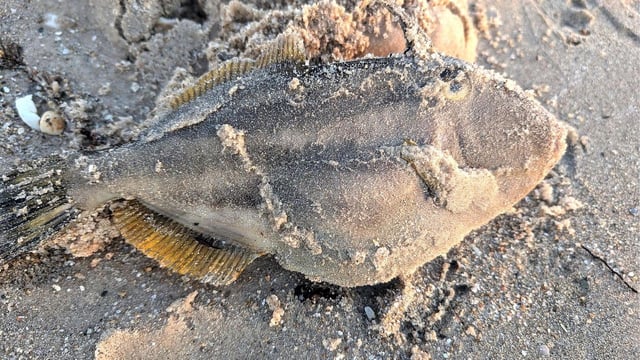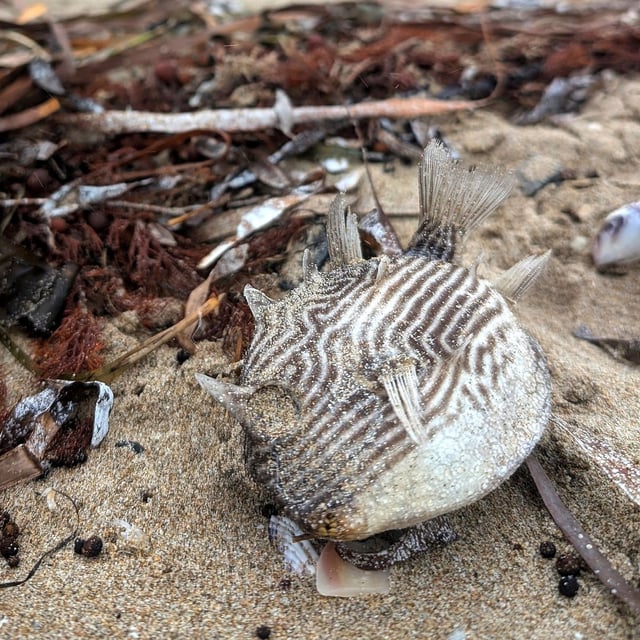Overview
- The toxic bloom, first detected in March, continues to kill reef-dwelling species along South Australia's coast, with carcasses washing ashore on Kangaroo Island, Yorke Peninsula, and Fleurieu Peninsula.
- Karenia mikimotoi has been confirmed as the primary cause, suffocating marine life and acting as a neurotoxin, with experts investigating potential contributions from other algal species.
- Unusually high water temperatures have been identified as a key factor in the bloom's severity, highlighting the vulnerability of the region's marine ecosystems.
- Most affected species are less mobile reef and benthic fauna that could not escape the bloom, while species like tuna have been less impacted.
- OzFish and environmental authorities are calling for stronger climate action and improved habitat management to prevent future ecological crises of this magnitude.

